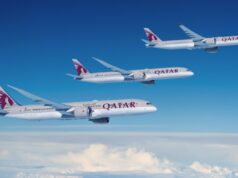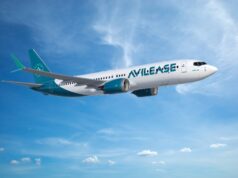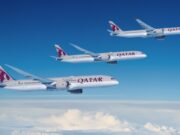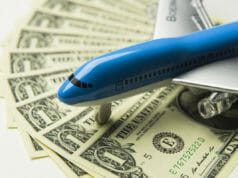
There is no doubt a pilot shortage has hit the U.S. regional airlines. Airlines are scrambling to find ways to entice the next ATP-eligible pilot to come work for them. From significant increases in wages to thousands of dollars in bonuses, all of this money can add up quickly. Or can it? Companies are starting to market the phrase “total compensation” followed by immense numbers. But how much do pilots actually get at the end of the day?
Bonuses seem to be very popular among most regional airlines. As much as $30,000 is currently being advertised for signing on with a specific airline. Attention to detail is EXTREMELY critical, and pilots should never expect to see the entire bonus in their bank account prior to starting training. Most airlines will pay a portion of the bonus once the pilot either starts or completes initial new-hire training. The rest of the bonus is then paid after completion of one, two, three, or four years at the airline. Airlines do this to ensure that pilots stay on-property for at least a year or more. The hope is that by then pilots have accrued a couple years of seniority and may be reluctant to go to another regional airline to start all over again.
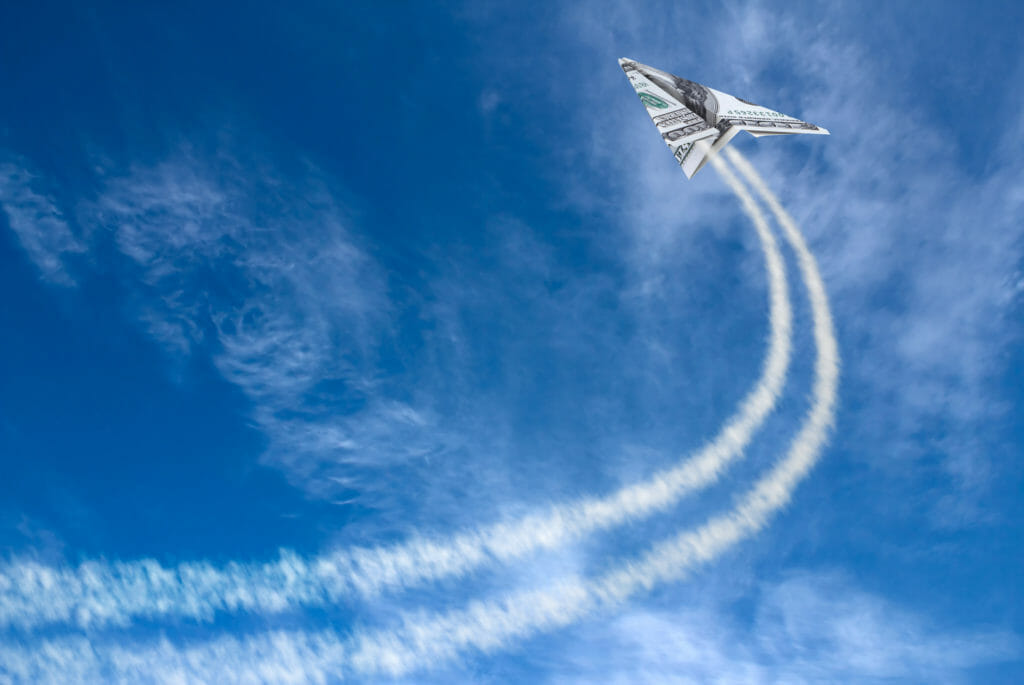 Now, let’s say an airline pays half of the sign-on bonus up front; that dollar amount will not be paid initially. Taxes will eat away a portion of the sign-on bonus being paid out, and the method bonuses are taxed can be quite complicated. Two main methods are used, “percentage” and “aggregate,” and pilots can expect to see both types. For example, the initial sign-on bonus, paid at one point in initial training to the pilot, will most likely be taxed under the percentage method. This method accounts for a certain percentage (usually 25%) to be taxed on the bonus. The second method, the aggregate method, is more common with retention bonuses. This is because retention bonuses (or sign-on bonuses paid at the completion of the first year of service) are paid in line with a regular monthly paycheck. This means that the IRS looks at how much money was paid out to the pilot, determines how much should be taxed through the withholdings table the IRS uses, and taxes both bonus and regular pay at this amount. This method usually results in the pilot being taxed at a higher rate on both bonus and regular pay. Nevertheless, as the old adage goes, there are two things one can’t avoid in life, and taxes are one.
Now, let’s say an airline pays half of the sign-on bonus up front; that dollar amount will not be paid initially. Taxes will eat away a portion of the sign-on bonus being paid out, and the method bonuses are taxed can be quite complicated. Two main methods are used, “percentage” and “aggregate,” and pilots can expect to see both types. For example, the initial sign-on bonus, paid at one point in initial training to the pilot, will most likely be taxed under the percentage method. This method accounts for a certain percentage (usually 25%) to be taxed on the bonus. The second method, the aggregate method, is more common with retention bonuses. This is because retention bonuses (or sign-on bonuses paid at the completion of the first year of service) are paid in line with a regular monthly paycheck. This means that the IRS looks at how much money was paid out to the pilot, determines how much should be taxed through the withholdings table the IRS uses, and taxes both bonus and regular pay at this amount. This method usually results in the pilot being taxed at a higher rate on both bonus and regular pay. Nevertheless, as the old adage goes, there are two things one can’t avoid in life, and taxes are one.
Moving along, there is more to total compensation than just bonuses. Commuters (or would-be commuters for any pilot looking to enter the regional airline industry) should be cognizant of commuter hotels and airport parking. Some airlines grant a dollar amount each month for commuter hotels (one airline pays up to $3,000 per year for commuter hotels). Various stipulations may apply, such as, no commuter hotels in the middle of reserve days and, pilots are ultimately responsible for knowing how to utilize commuter hotels. Additionally, if a pilot commutes, airport parking is a factor. Some airlines will cover parking for commuters, while some will not. Although it may be an afterthought for new pilots, some airports charge up to $100/month for employees.
Other things to consider when reviewing total compensation packages include 401k, per diem, and health insurance. All regional airlines provide some sort of 401k plan. Similarly, per diem is offered by all airlines. Health insurance may be the most difficult benefit to attach a financial figure because of the confidentiality of most of the information. Some airlines do provide great health insurance plans; some provide plans that may be costly for pilots with families. Ultimately, while regionals offer some variety of the aforementioned benefits, some airlines advertise it as part of the compensation package, some do not. The big takeaway is that all regionals do.
The whole purpose of this is not to beat down compensation packages being offered — in fact, far from it. It’s an exhilarating time in aviation and much progress has recently evolved. Just a few years ago, in the summer of 2013, most regional airlines were offering first year pay around $22-$25/hour, with the top regional paying $30/hour; sign-on bonuses were nonexistent. Now? All regionals except one offer annual first year pay around $35-$40; with various bonuses from $10,000 to $30,000. Pilots have the freedom to be selective in the regional for which they fly. Regional airlines will throw various compensation packages at pilots to recruit them, and understanding the breakdown of all compensation factors is critical for any pilot entering the industry.

























































